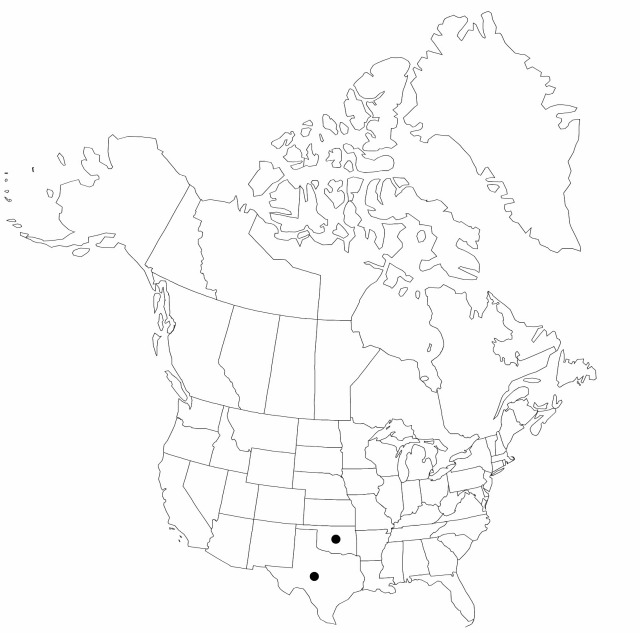Difference between revisions of "Rhynchospora nivea"
Linnaea 37: 527. 1872.
FNA>Volume Importer |
FNA>Volume Importer |
||
| Line 53: | Line 53: | ||
|publication year=1872 | |publication year=1872 | ||
|special status= | |special status= | ||
| − | |source xml=https://jpend@bitbucket.org/aafc-mbb/fna-data-curation.git/src/ | + | |source xml=https://jpend@bitbucket.org/aafc-mbb/fna-data-curation.git/src/f6b125a955440c0872999024f038d74684f65921/coarse_grained_fna_xml/V23/V23_372.xml |
|genus=Rhynchospora | |genus=Rhynchospora | ||
|species=Rhynchospora nivea | |species=Rhynchospora nivea | ||
Revision as of 19:08, 24 September 2019
Plants perennial, cespitose, 10–40 cm, wiry; rhizomes absent. Culms erect to spreading-ascending, leafybased, trigonous or compressed, ribbed. Leaves exceeded by scape; blades narrowly linear to filiform, 0.2–2 mm wide, apex tapering, trigonous. Inflorescences terminal, solitary, headlike, dense, white, leafyinvolucrate, hemispheric to globose, 0.5–1.5 cm wide; involucral bracts (0–)1–4, ascending to recurved, green, (0.7–)2–5(–6) cm × 0.2–2 mm. Spikelets white, ovoid, 5–7 mm; fertile scales several, boat-shaped, 2.5–3.5 mm, keel curved, not sharp. Flowers: perianth absent. Fruits 0.8–1 mm; body yellow to near black, broadly pyriform-obovoid, tumidly lenticular, 0.5–0.8 × 0.5–0.8 mm, margin narrow, flowing into tubercle; surfaces transversely sharply wavyrugose, ridges bordered by rows of fine, linear, vertical lattices; tubercle depressedtriangular, lunate-based, shortbeaked 0.2(–0.3) mm, gray-crustaceous.
Phenology: Fruiting spring–fall.
Habitat: Low, open, moist to wet, basic substrates of fens, meadows, seeps, and shores, limestone districts
Elevation: 0–500 m
Discussion
Rhynchospora nivea, of the “Dichromena” of North America, is the smallest fruited and most slender and has the fewest and shortest involucral bracts (in some plants the bract is entirely absent). Involucral bracts of R. nivea are almost entirely green.
Selected References
None.

